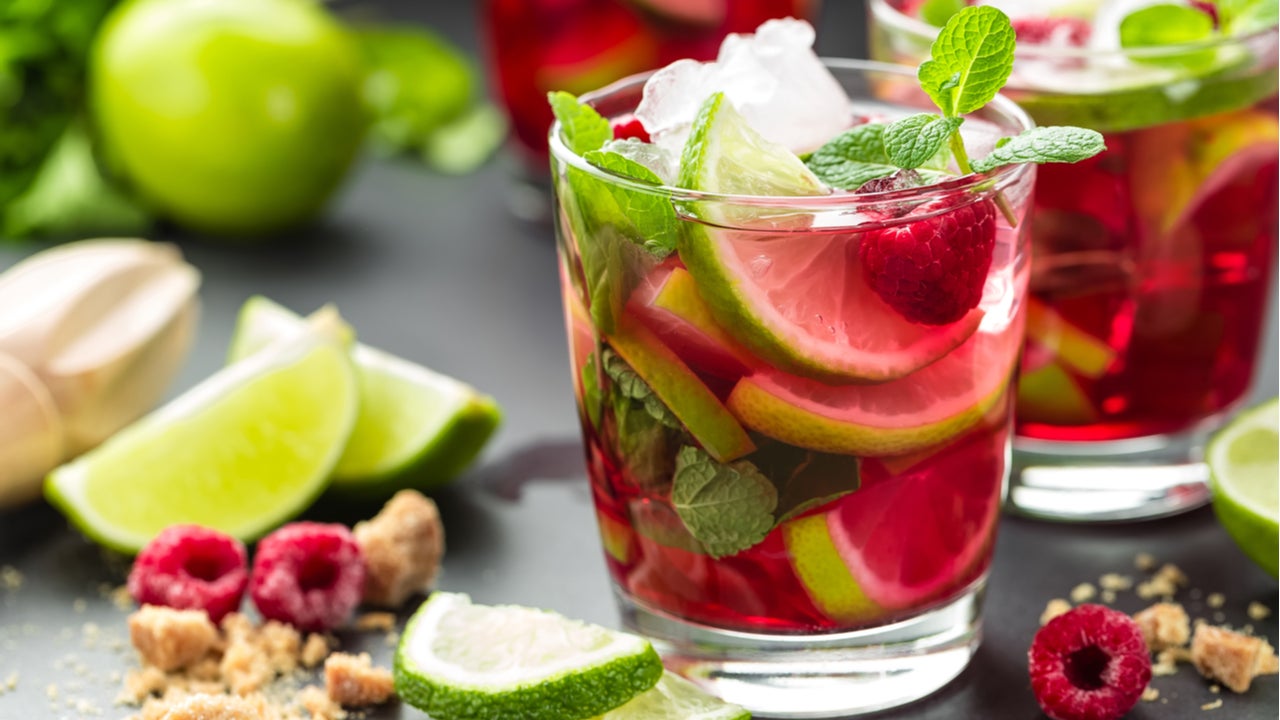
Manufacturers have realised that the market has shifted and there is demand for high quality non-alcoholic beverages, mainly wine and beer products. We have also witnessed the market become increasingly competitive with increasing pressure on the manufacturers to produce higher quality (better flavoured) products.
There are a number of techniques available for removing alcohol from wine or beer. These techniques include membrane osmosis, partial vacuum evaporation, and (vacuum steam) distillation through a spinning cone system, the latter being widely considered the gentler and more efficient process.
Flavourtech is an Australian-based company that provides this gentle process via a Spinning Cone Column (SCC) to remove the alcohol while still maintaining the original flavours of the wine or beer that winemakers and brewers respectively, have worked so hard to produce. For the purposes of this article, low alcohol is <0.5%v/v and no alcohol is <0.05%v/v wine or beer.
The Spinning Cone Column
The SCC was developed and commercialised in the 1980’s by the Australian company Flavourtech. With its unique ability to gently and efficiently recover volatile components from all kinds of slurries, purees, or clear liquids, it was soon identified as an ideal method for reducing alcohol in wine and beer.
The key attribute of the SCC is its ability to maintain the wine’s quality, and with operating temperatures of between 25-40oC, residence times of less than 30seconds, and the ability to preserve a wine’s or beer’s delicate aromas, the SCC is considered the best in class.
Dealcoholisation with SCC is typically broken down into the following steps:
Step 1: The wine/beer aroma (approximately 1% of the initial product volume) is stripped from the product at around 25-30o C (in only 30seconds), condensed as a clear, alcoholic, liquid, and stored for re-addition at a later stage.
Step 2: The aroma-stripped wine/beer is then re-processed at around 35-40oC (again in less than 30 seconds) to remove the bulk of the alcohol. Alcohol levels in the product exiting the SCC will typically be between 0.05 and 0.1%v/v and can be adjusted depending on requirements. Additionally, the alcohol removed is in the form of a high-quality spirit that can be sold or used in other applications.
Step 3: The stripped wine/beer and the (alcoholic) aroma are combined to achieve a low alcohol wine or beer product at <0.5%v/v alcohol content.
Step 4 (in the case of wine): The alcohol recovered during Step 2 can be passed through the SCC and concentrated up to above 70%v/v alcohol content, with the water exiting the bottom of the SCC able to be added back to the low/no alcohol wine product. This is of particular value if the local regulations do not allow water to be added to the low/no alcohol product.
The Resin Absorption Column (RAC) for non-alcoholic beverages
If the requirement is for a no alcohol ‘wine product’ (<0.05%v/v) then the aroma recovered with SCC can not be added back to the final product as it has the potential to add up to 0.4%v/v alcohol to the finished product.
Using the RAC in conjunction with SCC allows original wine/beer aroma to be incorporated into the final product while achieving the <0.05%v/v target. This ensures that the aroma of the final product is as close as possible to the original wine or beer and does not require any additional flavours.
The resin adsorption process is broken down into the following steps:
Step 1– Absorption: The alcoholic SCC aroma is passed through a column containing a specially selected resin that ‘traps’ the aroma compounds (by adsorption) while allowing ethyl alcohol and water to pass through and are collected as a neutral, clean alcoholic by-product.
Step 2– Water Rinse: When the resin column is fully loaded with aroma a short water rinse ensures all ethyl alcohol is removed prior to desorption.
Step 3– Desorption: The aroma compounds are desorbed from the resin (without the use of organic solvents) resulting in an aqueous based aroma that can be added back to the de-alcoholised base.
Step 4– Regeneration: The resin is regenerated prior to another operational cycle.
The market for low alcohol and no-alcohol wines and beers continues to grow. The choice of dealcoholisation technology is therefore of utmost importance to ensure that the product is preferred by the consumer and to ensure repeat business. Dealcoholised products do have to taste good otherwise people will continue to look for something that is pleasing to the palate.
So, the next time someone asks you if you were the one who ordered the non-alcoholic beverages, they probably want one too!









